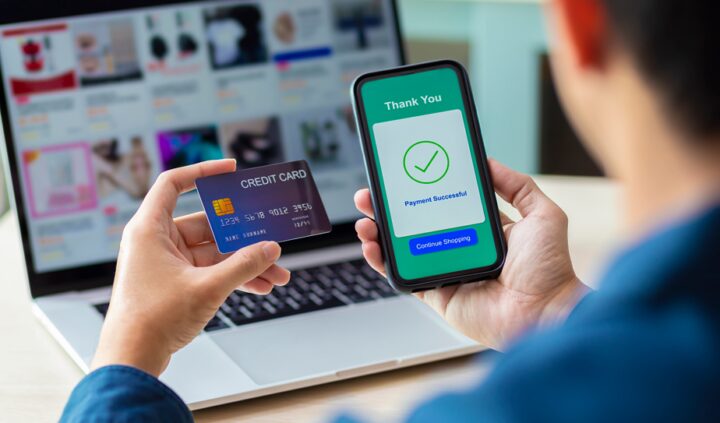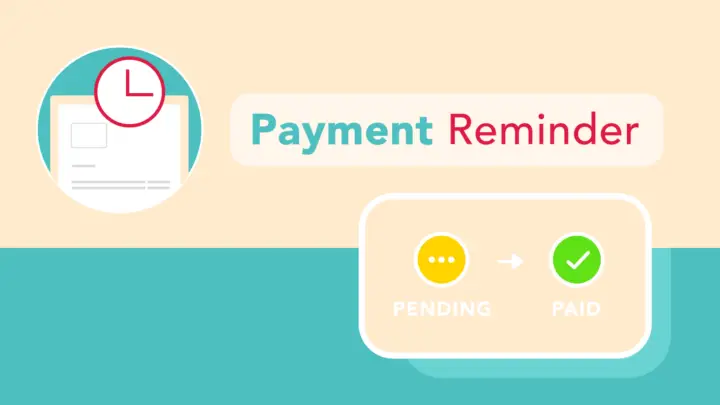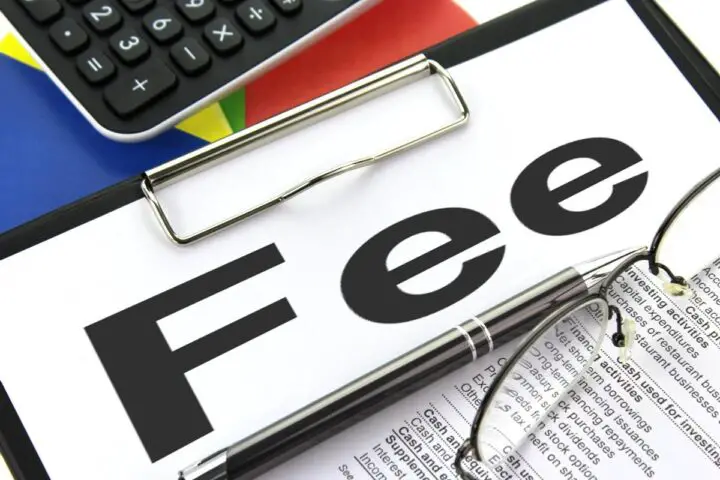8 Ways to Encourage Faster Client Payment

One of the most frustrating things about working for yourself or within the accounts department of a business is having to wait for client payments to trickle through long after their due dates have passed.
Some companies are slow to make payments due to inter-company processes, while others are disorganized, forgetful, or have no excuse not to pay. When your business relies on prompt payments to pay your vendors and employees, it can be crucial to make sure as many of your clients pay on time as possible. Some of this information below may help you do just that.
What to Do When You’re Waiting for Client Payments

Before you learn some helpful information below on encouraging faster invoice payments, it may be worth knowing what your options are around covering pressing costs in the interim.
The company Solution Scout recommends utilizing the services of a factoring company. Factoring companies can lend you money to cover any unpaid invoices so that you can keep your stock levels high and your employees paid. Many different companies offer such funding with varying rates and fees. You can also choose whether you prefer recourse or non-recourse factoring.
Ask for Payment Upfront

While not generally an ideal option for small projects and purchases, asking for payment up front can be a worthwhile consideration for large projects. How you decide to structure this can depend on the type of project it is and the costs involved.
For example, you might request a deposit of a specific percentage before you even get started. You might then request progress payments so that you can pay some of your related costs as the project progresses.
By asking for payment upfront, you may limit the financial impact and stress some jobs have on your business.
Make Your Payment Terms Clear
When you agree to perform work for a client, it’s always an excellent idea to have a written contract. A contract can outline the terms of your agreement with them, along with all payment deadlines and fees.
Not only does having such an agreement mean you have a written record of the job description, but it also means your client is aware of potential fees they face for non-payment. This may encourage them to pay on time, especially if they’re aware that they may end up paying much more by ignoring payment deadlines.
Offer Many Payment Types

Some accounting software providers say that by offering many convenient payment options, you may find that some clients pay you faster. The easier it is to pay a bill, the easier your client may be able to fit it into their busy day.
While you might still offer traditional payment methods like cash and checks in the mail, interactive invoices with debit and credit card options, direct debit, or even Bitcoin, might be worth considering when you’re struggling with continuous late payments.
If you’re worried about the fees associated with offering new payment types, you may be able to incorporate these into the invoice amount, depending on whether your country allows processing fees to be passed onto customers.
Stick to a Payment Schedule
Misunderstandings can sometimes be why customers don’t pay their bills on time. They might assume they can pay it on the 20th of the month, when you’ve instead requested it on the 15th of the month.
To avoid payment confusion, get into the habit of invoicing at the same time each month. You might request payment at the end of the month for payment by the 20th of the following month or at the start of the month for halfway through.
Whichever way you structure it, keep it consistent. As you build up a working relationship with some of your customers, they can come to understand your payment requirements. This may be harder to do if you’re not consistent with when you want them to pay you.
Send Payment Reminders

When you’re trying to spend more time enjoying life and less time worrying about managing client invoices, consider setting up automatic reminders. Once you’ve sent out the invoice for the first time, you can alter the settings in your accounting software so that it sends payment reminders once the due date has been reached without you having to lift a finger.
Typically, one reminder can be sent every seven days until three reminders have been sent in total. From that point, you may like to contact the client yourself to remind them of their payment obligations.
When reminders have been sent, you can also take note of whether they have been viewed or not. If you notice they haven’t been opened, this can be your opening to send them an email and ask if they have received your invoice and payment reminders.
Charge Late Fees

No one likes paying more than they have to, especially when it’s so easy to avoid by paying your bill on time. When creating contracts for new clients, include information about late fees and don’t be afraid to charge them.
If customers know you won’t be lenient, they may be less likely to try their luck with making payment outside your agreed timeframe. Generally, late fees range between $25 and $50, but some businesses charge a percentage of the overall bill, such as 2.5% or 5%. For customers with large accounts, this can be a considerable fee that most would hope to avoid.
Reward Early Payers
Just as you might punish clients who pay late, reward those who pay early. Some companies frequently offer early payment discounts as an incentive to pay by a specific date. While the discount might be small, such as 2%, it can be a welcome offer for customers who may otherwise see no incentive to pay by the agreed date.
You can also treat your best payers to treats and recognition from time to time. Send ‘thank you’ notes with invoices or even gifts to thank them for being loyal customers. When you build up such a mutually beneficial relationship, your client may not wish to sour it by being late paying your invoices.
You may never be able to encourage every client or customer to pay their invoice by the agreed date. Some are notorious late payers and operate this way with most of their suppliers. However, that doesn’t mean you can’t inspire the majority of your customers to pay on time. Any of these tips above may be how you start seeing money rolling in long before the due date has even arrived.
